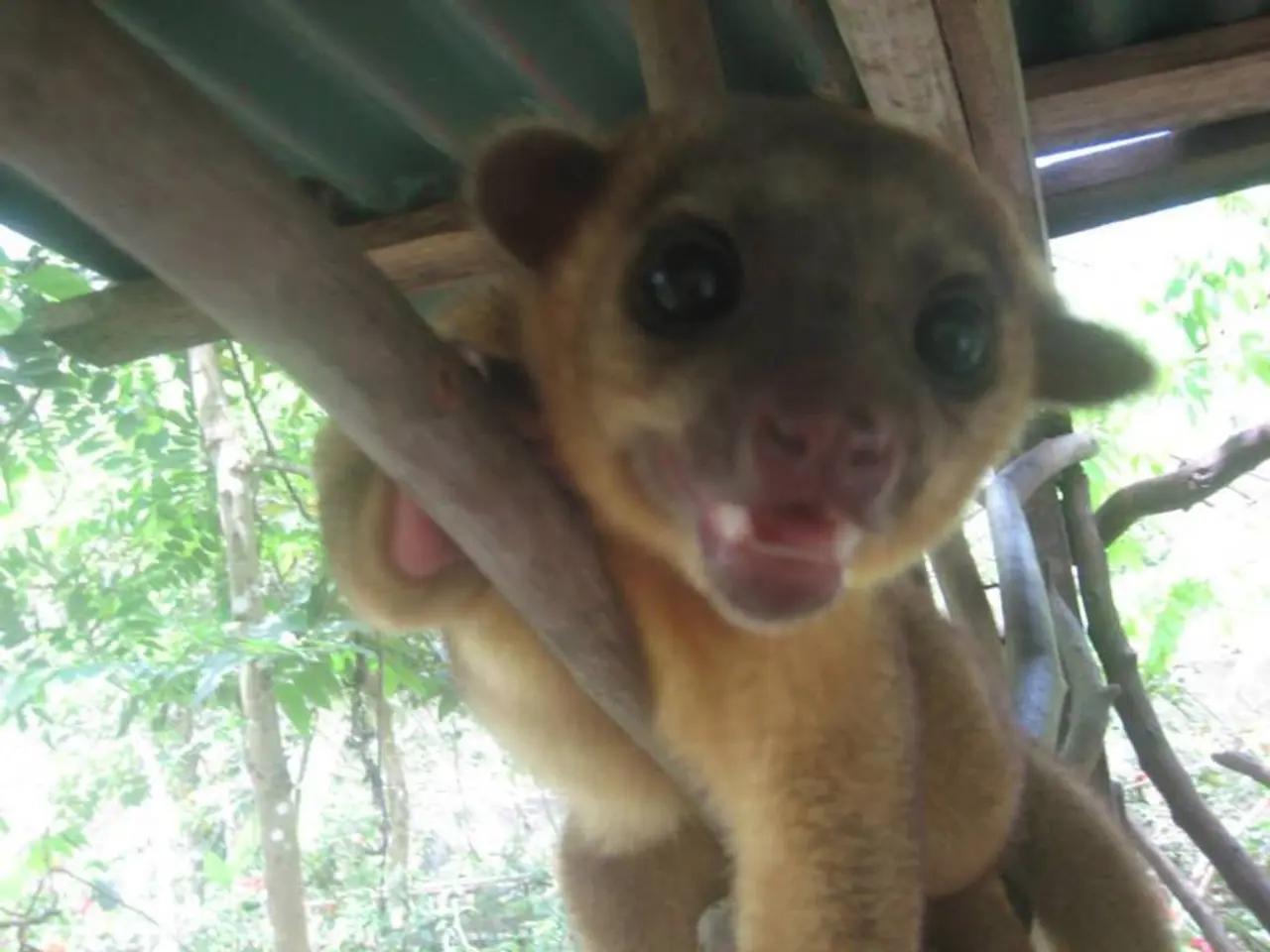Vancouver Island's wildlife center marks milestone with 60,000th treated animal
Wildlife Rescue Centre in Victoria, BC Celebrates Milestone and Remarkable Recoveries
Victoria's Wild Animal Rescue Centre (Wild ARC), a part of the B.C. SPCA's Victoria Centre, recently admitted its 60,000th patient, marking a significant milestone in its 28-year history. Established in August 1997, the centre has been dedicated to the care and rehabilitation of injured and orphaned wildlife.
In its first year, Wild ARC admitted 291 patients, a number that has grown significantly over the years. Today, the facility admits approximately 2,000 to 3,000 animals each year, with an average of 140 species being treated annually. A remarkable 80% of these admissions are due to human interactions or conflicts, many of which find the animals in less than ideal condition.
Ashley Currie, the centre manager of Wild ARC, has been a key figure in the centre's success since joining in 2016. One of her most memorable patients was a deer fawn that was hit by a car and subsequently reunited with its mother. Another was a beaver kit that was separated from her family during a flash flood in the South Peace region of Northern B.C. The beaver kit stayed at Wild ARC for two years before being released back near where she was found.
The centre's patient list is diverse, encompassing dozens of species. While the exact number of different species treated since its opening in 1997 is not widely published, it is known that Wild ARC has treated 180 different species over the years. Some of the more unusual patients include a marbled murrelet, a small seabird known for its secretive and solitary nesting habits, and a brown pelican, a rare visitor for the area.
Wild ARC emphasizes that they do not name their patients to avoid forming attachments and humanizing them, as wildlife sees humans as predators. However, this does not prevent them from making a significant impact on the lives of the animals under their care. For instance, Wild ARC was the first to successfully raise and release a fledgling American kestrel, a type of falcon.
The top reasons wildlife is brought into Wild ARC are being hit by a car, colliding with a window, or being injured by a prowling dog or cat. By providing tips on coexisting with wildlife on their website, Wild ARC aims to prevent such incidents and ensure the safety of both humans and animals.
For those interested in learning more about Wild ARC's work, visiting their official website or contacting them directly is highly recommended. The centre continues to make a difference in the lives of countless animals, providing a vital service to the wildlife of Victoria, BC and beyond.
At Wild ARC, they occasionally diverge from their usual care and rehabilitation of wildlife to provide unique services, such as producing educational videos about home-and-garden tips to help prevent accidents that harm animals. Also, in the realm of pet ownership, Wild ARC has hosted news segments discussing the importance of coexisting with wildlife, offering advice to pet owners on how to minimize harmful encounters between pets and local wildlife.





